The Purpose of Art in Rachel Cusk’s Second Place
Cusk’s new novel is worth reading for its sharp descriptions and powerful story alone, but it’s the in-depth exploration of the purpose of art that makes the story meaningful.
Please note that shipping will be slower than usual for orders placed between Dec. 24-Jan. 15! Thank you for your patience.
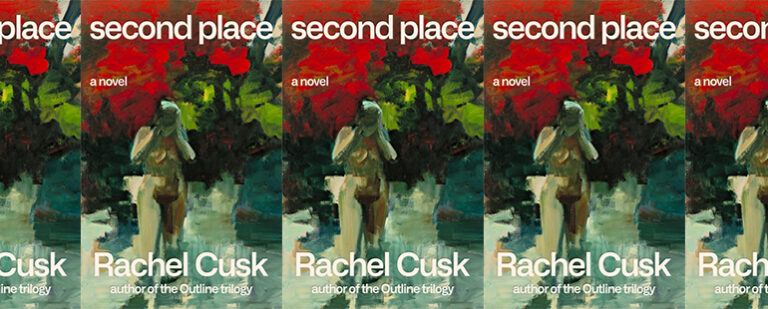
Cusk’s new novel is worth reading for its sharp descriptions and powerful story alone, but it’s the in-depth exploration of the purpose of art that makes the story meaningful.

Talking, or writing, about endings is hard—whether it’s the end of a marriage, the end of a life, or the end of a book (lest one spoil the conclusion). Life rarely offers sudden and definitive endings or epiphanic conclusions. Rather, events leading up to the end seem to be a slow unfolding, occasionally bleeding into…
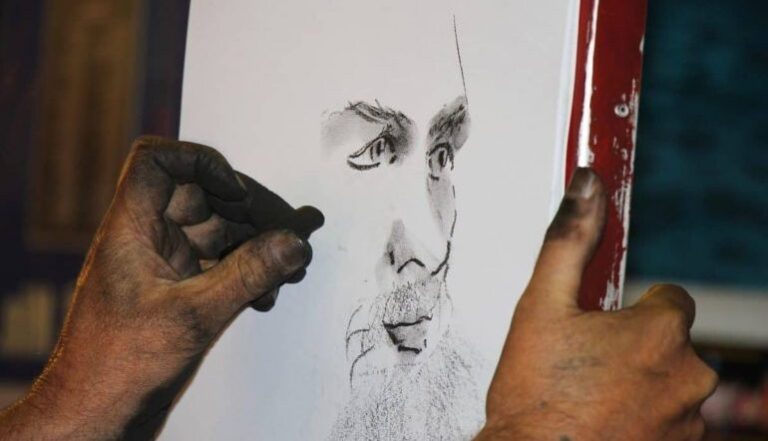
The outline, the contour, of skin, for all its fragility and permeability, for all the fathomless depths of intention and desire it conceals, remains for many the most salient fact of their lives in the world.
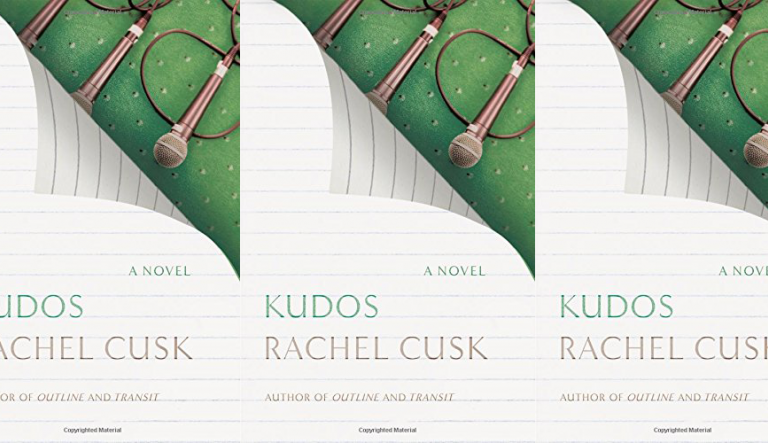
Cusk’s latest novel, the last installment of her much-talked about trilogy, has a deceptively celebratory title.
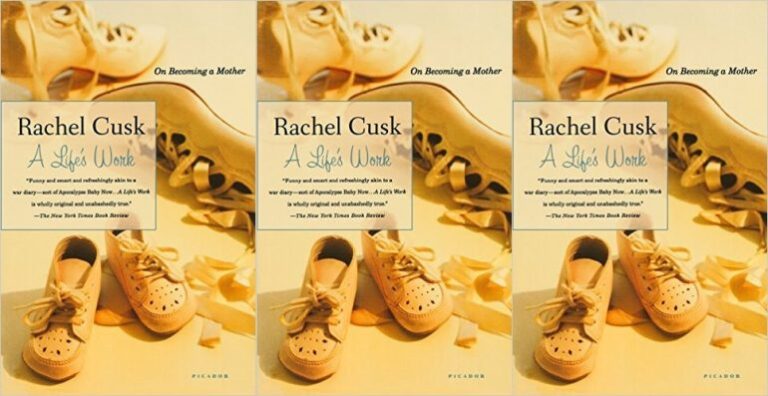
When I was pregnant, I felt for the first time in my life that I came first. Suddenly, my needs and desires weren’t mere whims; in the gestation of another being, they mattered tremendously. When this being was extracted from my body, I still felt it crucial to put myself, if not first, than at a very close second.
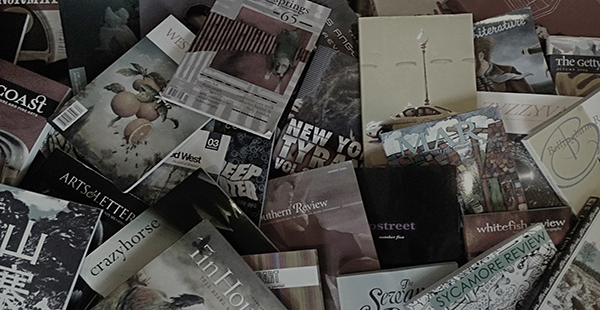
In “Freedom,” Rachel Cusk explores the difficult task of attaining independence, both from the perspective of those who already have it and those who do not.
No products in the cart.